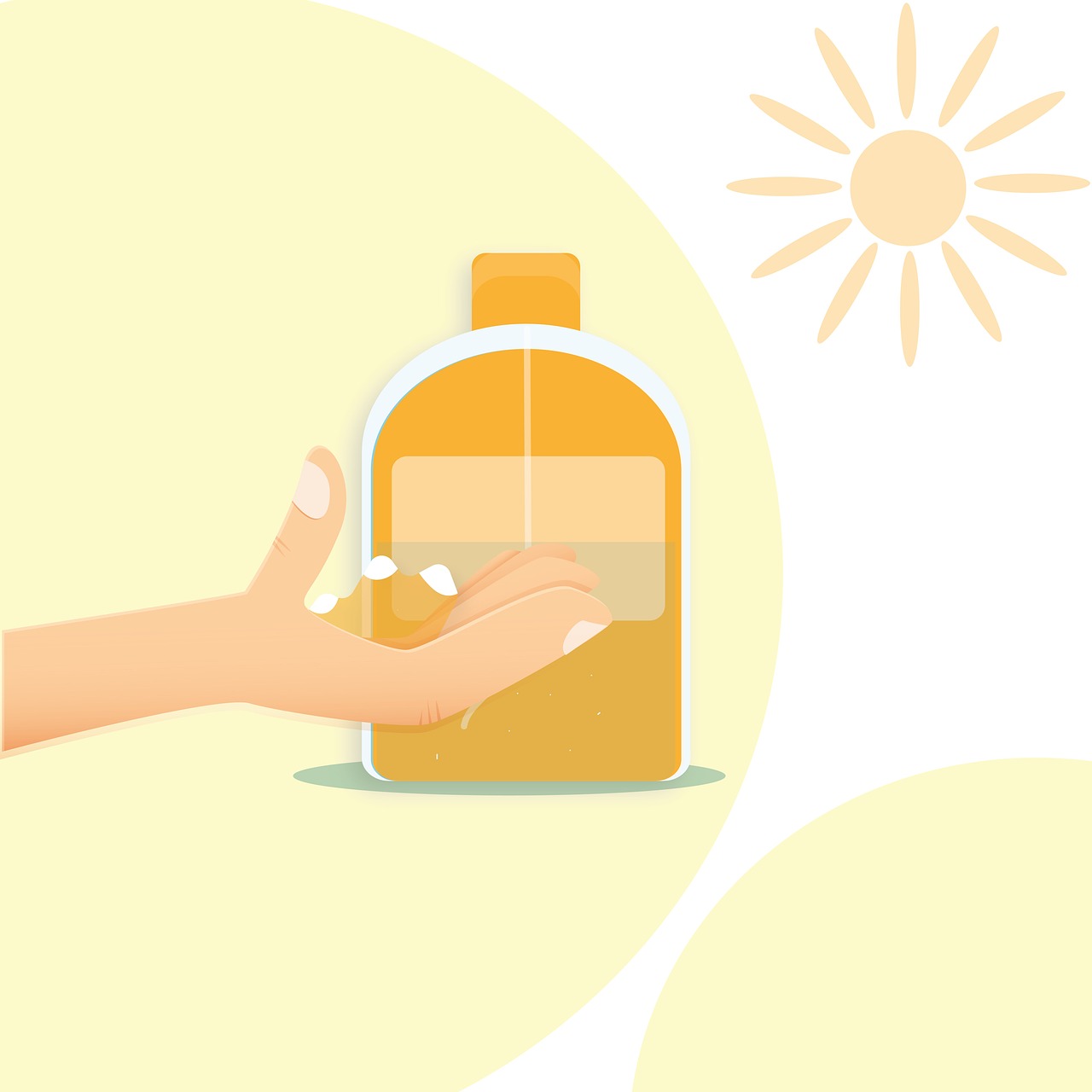Pregnant women are often mindful of the impact of their dietary choices on their developing baby’s health. However, it’s equally important to consider the potential effects of skincare and beauty products on both mother and baby. Although many commonly used products are safe, certain ingredients warrant caution during pregnancy. In this guide, we’ll explore these ingredients and offer tips for navigating the beauty aisle safely. For those planning to breastfeed, it’s essential to continue adhering to these guidelines throughout the nursing period.
1- Topical retinoids :
While the absorption of the drug through the skin from this product is minimal, there have been four documented cases in medical literature reporting birth defects associated with the topical use of tretinoin, resembling retinoid embryopathy. The involvement of topical retinoids in these cases remains a subject of debate, as two prospective studies involving 96 and 106 pregnant women respectively, conducted to evaluate first-trimester use, did not indicate an elevated risk of major birth defects or evidence of retinoid embryopathy. However, until more extensive data from larger studies are available, women should avoid using topical retinoids during pregnancy.
2- Topical antibacterial :
Clindamycin and erythromycin are commonly employed either individually or in conjunction with other medications for treating acne topically. A surveillance study that investigated the oral or topical administration of clindamycin found no elevated risk of birth defects among 647 women who used it during the first trimester. Similarly, multiple studies assessing the systemic use of clindamycin during the second or third trimester have not identified increased rates of adverse outcomes. Moreover, the oral use of erythromycin during pregnancy has not been linked to birth defects in several thousand women.
3- Skin-lightening agents :
Hydroquinone serves as a topical agent for treating skin pigmentation issues like chloasma and melasma in clinical settings, while also being utilized as a skin-lightening agent for cosmetic purposes. Approximately 35% to 45% of hydroquinone is absorbed into the body after topical application in humans. Although a single study involving pregnant women showed no rise in adverse events associated with hydroquinone use, the sample size was small. Based on the existing data, hydroquinone use during pregnancy doesn’t seem to be linked to an increased risk of major birth defects or other adverse effects. However, due to significant absorption rates compared to other products, limiting exposure is advisable until further research can verify its safety.
4- Sunscreens during Pregnancy :

Sunscreens are widely utilized to shield the skin from the sun’s harmful radiation, with studies indicating minimal toxicity in animals. These products exhibit very restricted absorption either through the skin or into the bloodstream. Additionally, sunscreens have been employed during pregnancy for managing or preventing melasma, and no adverse events have been documented.
Conclusion :
Aside from hydroquinone, which is known to be absorbed systemically in considerable quantities and therefore should be used with caution, and topical retinoids, which have been associated with concerning case reports, most skincare products are not anticipated to heighten the risk of birth defects or other adverse effects on the developing fetus. Therefore, pregnant women can confidently maintain their skincare routines to enhance their appearance without jeopardizing the well-being of their unborn children. It’s crucial, however, for expecting mothers to remain cautious and consult with healthcare professionals regarding the safety of specific skincare ingredients during pregnancy. By being informed and proactive, women can prioritize their beauty regimen and their baby’s health.




